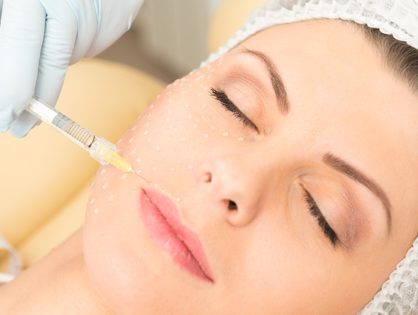It is estimated that 37.6 million people suffer from neuropathic pain in 2005 and it is estimated that the prevalence will increase to 39.1 million people in 2011. Some forms of orofacial neuropathic pain such as trigeminal neuralgia and glossopharyngeal neuralgia, postherpetic neuralgia and peripheral neuropathic (due to malignancy and diabetes mellitus). Neuroregeneration is needed for the treatment of neuropathic pain, because this pain arises due to damage to nerve tissue. Neuroregeneration or repair of nerve tissue is a regrowth or recovery from neural networks, cells, or products from cells. The mechanism that occurs is the restoration of nerve parts such as myelin and axon regeneration.
Pharmacotherapy for neuropathic pain has limitations and is generally used for symptomatic therapy to reduce pain complaints using NSAIDs and opioids. Thus, new therapies for regenerating neural networks in the treatment of neuropathic pain are needed. So a new therapy to regenerate peripheral nervous system. One of the other therapies that can be used for treatment of neuropathic pain is Platelet rich plasma (PRP).
This research has been approved by the Ethics Commission of the Faculty of Dental Medicine, Universitas Airlangga. The used PRP was allogenic from wistar rats which was freezed dried so that it is easy for storage and application. Allogeneic PRP with freezed dried preparations has the same potential in fresh autologous conditions of PRP and does not cause immunological hypersensitivity response in rabbit experimental animals, as evidenced by no increase in humoral immune response (immunoglobulinM/Ig M) after injection of FD-PRP in the form of a liquid, but still has the function of increasing TGF β1 like fresh PRP.
Nerve injury performed on experimental animals as a neuropathic pain model is to use ligation in the sciatic nerve. This treatment causes damage to peripheral nerve tissue. Immediately after an injury to the peripheral nerve, it will be followed by a process of degeneration in the nerve endings. Histological changes mainly involve physical fragmentation of axons and myelin.
Neuroregeneration or repair of nerve tissue is a regrowth or recovery from neural networks, cells, or products from cells. The tip of the axon appears from the proximal end and develops to the distal part. Its development is regulated by chemotactic factors secreted by Schwann cells. One of the neuroregeneration parameters that can be seen from this study is the thickness of myelin formed at single dose or repeated dose for 14 days and 21 days.
Measured myelin thickness was from the giving of PRP. Myelin is formed because of the stimulation of neurotrophin factors released by schwan cells, thus to find out the presence of neuroregeneration is by observing the number of schwann cells in each treatment group because PRP can improve schwann cells proliferation and differentiation of some neurotrophin factors. It can be concluded that inducing PRP can improve remyelination or regenerated axon. PRP at single dose for 21 days showed the best effectiveness for neuroregeneration.
Author: Saka Winias
Details of this research available at:
http://www.sysrevpharm.org/fulltext/196-1591496467.pdf?1593189040





